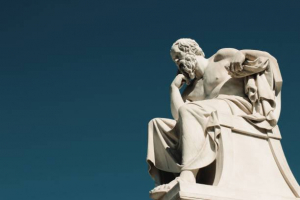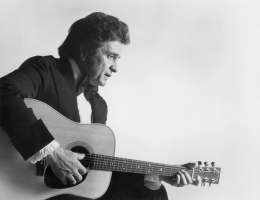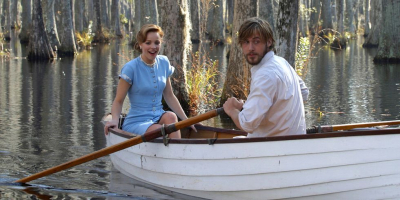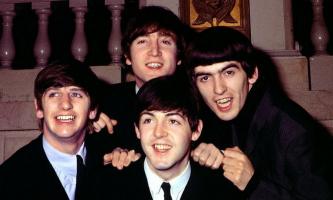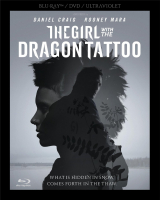Top 10 Best Novelists of All Time
Great authors come and go, but there are a select few that stand the test of time. These writers have produced novels that are widely considered to be the ... read more...greatest ever written. In this blog post, Toplist will take a look at 10 of the best novelists of all time. So sit back, relax, and enjoy this overview of some of the greatest minds in literature.
-
Mary Anne Evans was born in November 1819 in Warwickshire, England. She died in December 1880, as one of the most prominent Victorian-era authors. Despite the fact that Evans could use her true name, she chose to write under the masculine pen name George Eliot. She didn't want her gender to be an impediment to her writing. Evans was a prolific writer and one of the most well-known authors of all time. Her writing is used in classrooms all across the world. She is also well-known for her work as a political activist and member of the feminist movement.
Evans published her first work, "Adam Bede," in 1856 under the male pen name George Eliot. She went on to write six additional novels, including "The Mill on the Floss" (1860), "Silas Marner" (1861), "Romola" (1862–63), "Felix Holt, the Radical" (1866), "Middlemarch" (1871–72), and "Daniel Deronda" (1872–73). (1876). She wrote with a political pen, presenting stories of social outcasts and small-town persecution. Her humorous stories emphasize women's need for marriage to obtain social stature and economic stability.
Middlemarch became a 19th-century classic, and fellow author Virginia Woolfe regarded it as "one of the few English books written for grown-up people. Evan's dedication to social fairness and reform was not confined to her lifetime. Women were mainly barred from the political realm throughout the Victorian era, but Eliot's efforts tried to reverse this. She penned a number of poems in which she expressed her support for women's suffrage and equal civic rights.
The majority of her writing is situated in rural England. As you read her works, you'll see how well-known they are for their realism, psychological depth, and vivid descriptions of the countryside. You should also be aware that most of her content is based on her personal experiences.

Mary Ann Evans 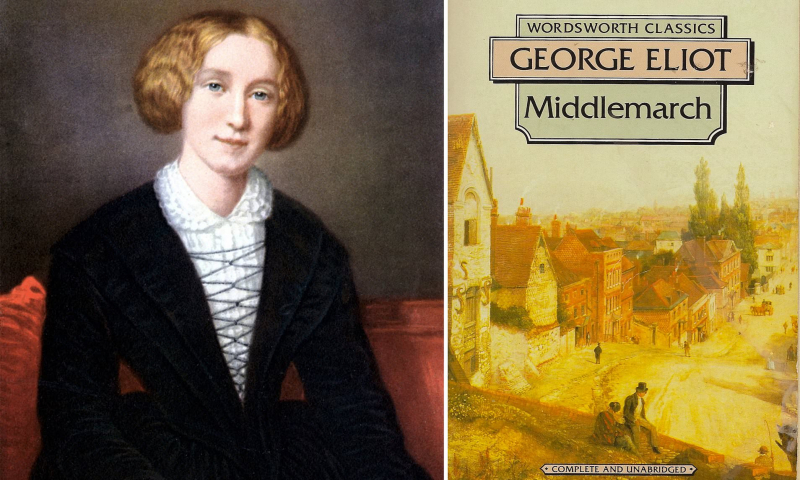
Mary Ann Evans -
Jane Austen was an author from the United Kingdom. Her romance fiction works are the most popular, and she is one of the most widely read authors. Charlotte Bronte was also a friend of hers. Austen spent her whole childhood as part of a close-knit family on the outskirts of the English landed nobility. She is renowned for her literary brilliance and is regarded as a milestone in English literature. Her works are noted for their depth of character development and insight. It's been argued that Austen was one of the first to explain romantic life in the middle class, which is why her writings are so accessible.
Austen wrote in the late 18th and early 19th centuries when female authors were allowed to publish under their own names. It was not unusual for women to pursue writing careers. Jane Austen is most known for her six main works, which are "Sense and Sensibility" (1811), "Pride and Prejudice" (1813), "Mansfield Park" (1814), "Emma" (1816), "Northanger Abbey" (1817), and "Persuasion" (1818). (1818). Her works, including "Pride and Prejudice," are considered classics and are still widely read today. Her two unfinished books, "Lady Susan" and "The Watsons," are also well-known.
Her works are still frequently read in classrooms. Austen has been popular for nearly two centuries, and her works continue to sell millions of copies. Her stories have been adapted for cinema, television, and even opera. Emma, one of her works, was made into a film in 1996.
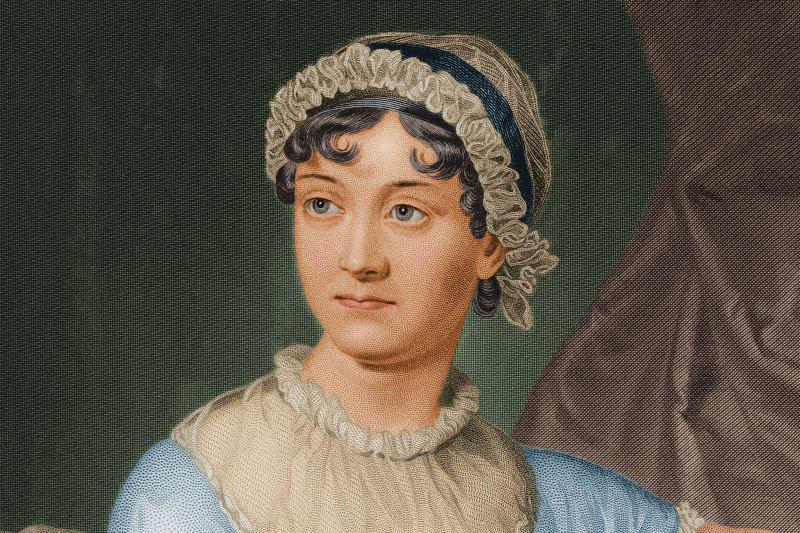
Jane Austen 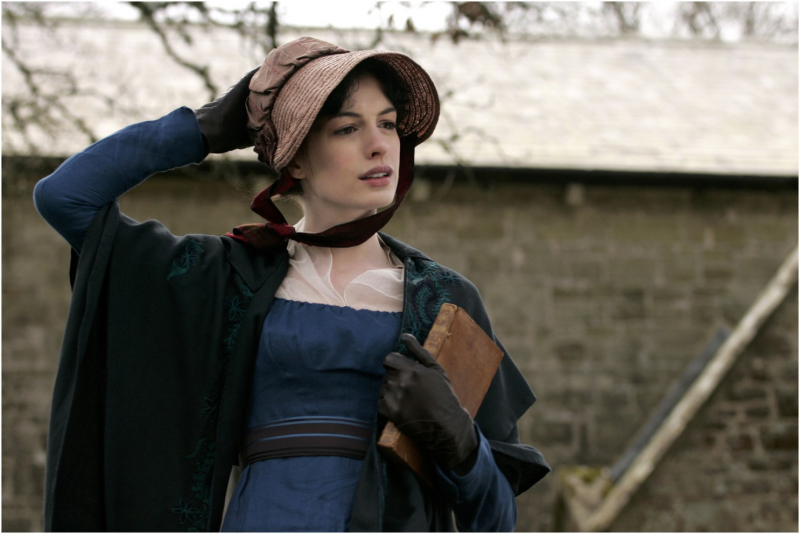
Jane Austen -
Charles Dickens was an English writer and social commentator who was born in Portsmouth, England, in 1812. Many consider him to be the greatest author of the Victorian era, and he produced some of the world's most well-known fictional characters. During his lifetime, his works were unrivaled in popularity. Both critics and academics regarded him as a literary genius. In 1833, he began contributing tales and articles to numerous periodicals, which launched his writing career.
Twain's writing fame came at the age of 24 with the serial novel release of The Pickwick Papers in 1836. It was a weekly newspaper that sold an incredible 20,000 copies every week, which at the time was unheard of. This was made feasible by his ability to make his stories engaging and new. Its success enabled the author to support himself solely via his work.
Dickens' novella "A Christmas Carol" was published in 1843. This, along with his other well-known works, "Oliver Twist" and "Great Expectations," is frequently adapted in a variety of creative disciplines. The illustrations here, like many of his writings, depict early Victorian London. Later that year, in 1859, he published "A Tale of Two Cities," a book set in London and Paris that is often regarded as his finest work of historical fiction.
Dickens' lack of formal education did not prevent him from achieving success. He worked as an editor for a weekly publication for 20 years during his life. In addition, he wrote 15 novels, five novellas, hundreds of short stories, and nonfiction essays. Dickens even gave lectures and did readings on a regular basis. In addition, he was a philanthropist who advocated for children's rights, education, and other social changes. Edwin Drood was the last of his works to be completed before his death in 1870.
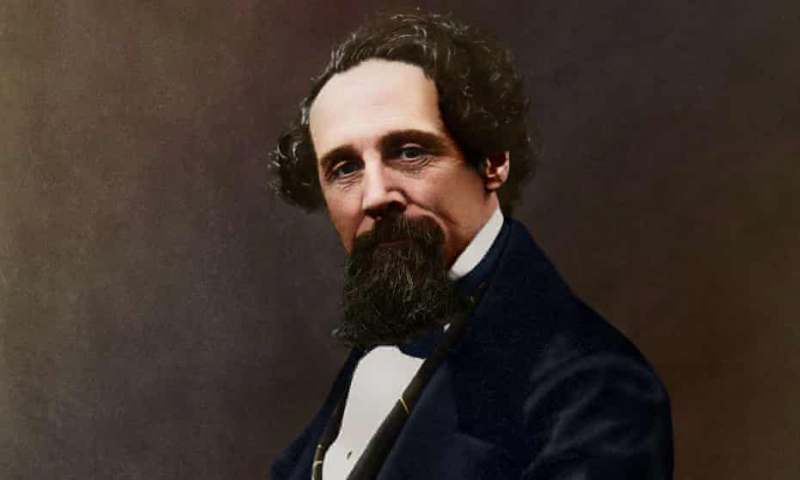
Charles Dickens 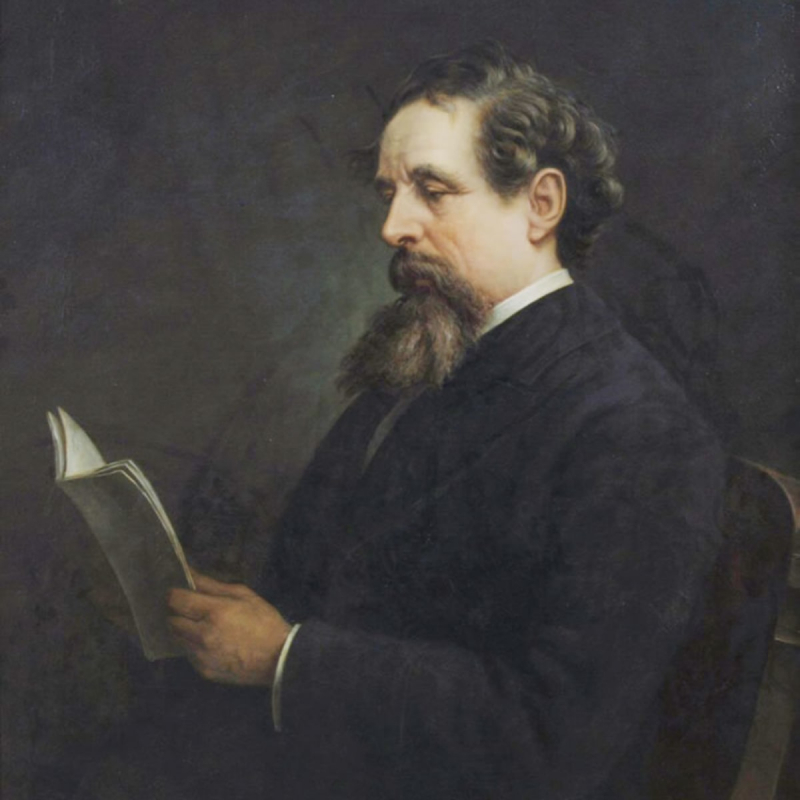
Charles Dickens -
J.D. (Jerome David) Salinger grew up in New York City (1919). Sol Salinger, his father, was a salesperson. Marie, his mother, was a stay-at-home mom. While attending Valley Forge Military Academy as an adolescent, Salinger began composing stories. He graduated in 1936 and enrolled at Columbia University in Manhattan. It was there that his writing professor, who also happened to be an editor at Story magazine, fell in love with his work. In 1940, he got J.D. Salinger's vignette "The Young Folks" published.
During WWII, Salinger began sending short tales to The New Yorker. After rejecting seven of his works, it accepted "Slight Rebellion Madison" in 1941. Salinger's stories are mostly about youngsters or teens. The action takes place in New York City's affluent suburbs. His writing style was frequently compared to that of F. Scott Fitzgerald by readers.
In the years following the war, Salinger produced many additional short stories in Story magazine and worked as a contributing editor for the publication from 1946 to 1947. For approximately twenty years, Salinger worked almost entirely for the New Yorker, quitting in the mid-1950s.
In his classic Catcher in the Rye, J.D. Salinger famously depicted adolescent anguish (released in 1951). He wrote the novella Hapworth 16, 1924 in 1965. This is a novella recounted from the perspective of Seymour Glass, the brother of a character from J.D. Salinger's early work, "The Catcher in the Rye." It was published in The New Yorker and had artwork by J.D. Salinger. Salinger's other books include "Franny" (1955) and "Zooey" (1957), "Raise High the Roof Beam" (1955), "Carpenters" (1955), and "Seymour: An Introduction" (1959).
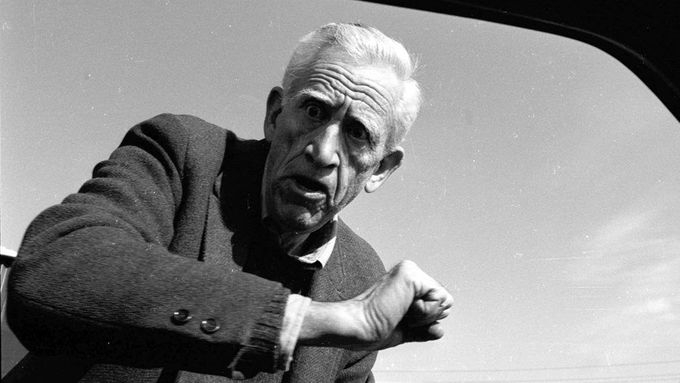
J.D. (Jerome David) Salinger 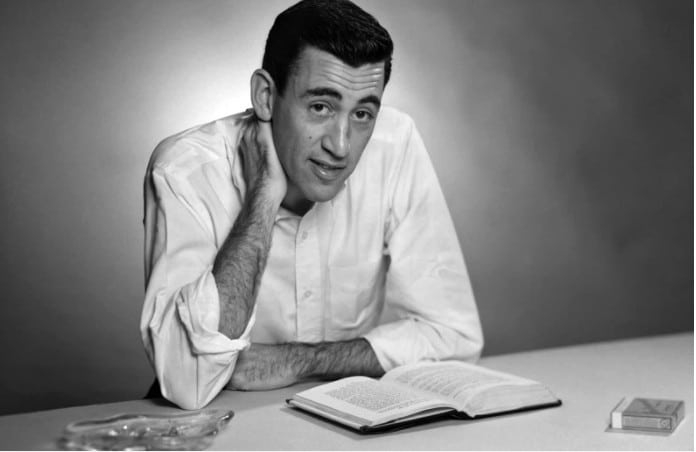
J.D. (Jerome David) Salinger -
On November 30, 1835, Samuel Langhorne Clemens, better known as Mark Twain, was born in Florida, Missouri. Soon after, he and his family relocated to Hannibal, Missouri, where he spent most of his youth. Henry Clay Riley, John Briggs, and Tom Blankenship were among Twain's boyhood friends and neighbors, and the latter two ultimately became Twain's first publishers. He started working as an apprentice for a printer a year after his father died. He started producing essays and illustrations for The Hannibal Journal.
Twain was a comedian, author, entrepreneur, lecturer, and travel writer from the United States. His writing style was distinctive and appealed to the average person, which made him a huge sensation at the time and continues to resonate with people now. His wit and humor won him acclaim from both reviewers and colleagues.
Many people considered Twain to be a friend, including presidents, artists, entrepreneurs, and European nobility. "The two most significant days in your life are the day you are born, and the day you find out why," Twain is quoted as saying.
He began his career as a journalist for the Virginia City Territorial Enterprise. In 1865, he published his debut story, "The Celebrated Jumping Frog Calaveras County." As a result of the international attention, a French version was released.
Mark Twain's best-known works are "The Adventures of Tom Sawyer" (1876) and "The Adventures of Huckleberry Finn" (1884), widely described as "the Great American Novel." He has become one of the most cited novels of all time, with his writings translated into over 30 languages.
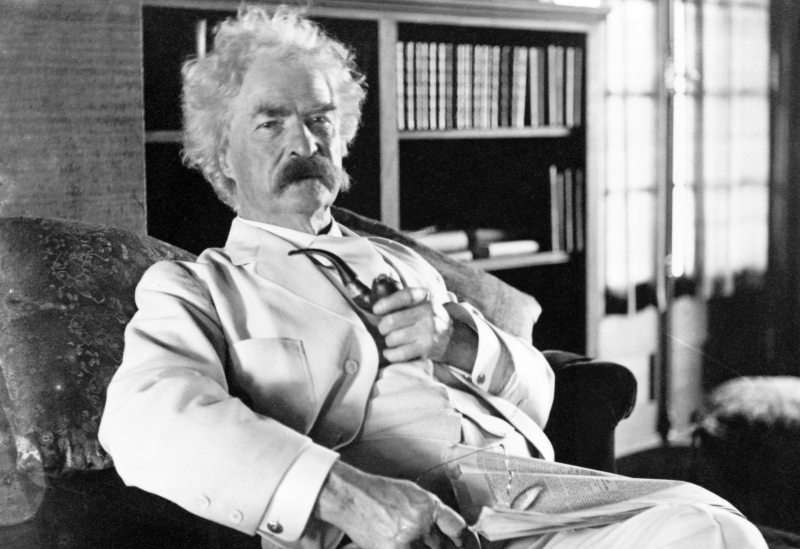
Mark Twain 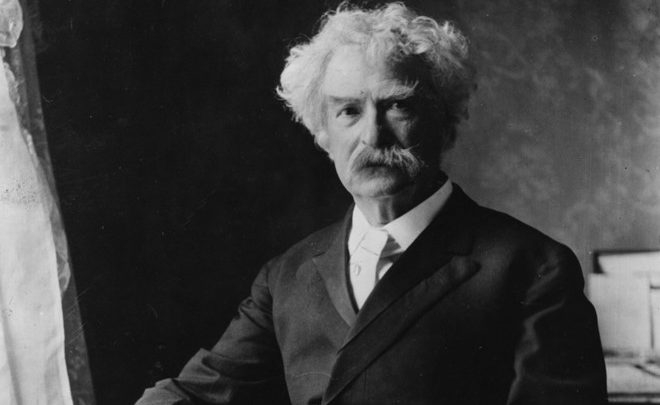
Mark Twain -
Ernest Hemingway was born in Illinois in 1899 and went on to become a journalist and author. He died in 1961, the second of six children. He had a subtle and clear style that had a significant impact on twentieth-century literature. Furthermore, his adventurous life and public image affected future generations. "To know how to write, you must first know how to read," Ernest Hemingway once observed.
In high school, Hemingway worked on the school newspaper, and after graduation, he went to work for The Kansas City Star. He then proceeded to Paris to serve as a foreign journalist for Star. While in Europe, he and his first wife went to the San Fermin Festival in Pamplona, Spain. This provided him all the impetus he needed to pen his first novel, "The Sun Also Rises," in 1925. This was recognized as his greatest work since it creatively handled the disillusionment caused by the war. He worked as a correspondent when the United States entered World War II.
In the 1920s, Hemingway was seen as a forerunner of the modernist movement. He is also recognized for "For Whom the Bell Tolls" and "A Farewell to Arms." The latter was influenced by his experiences during the Spanish War. In 1953, he won the Pulitzer Prize for fiction, and in 1954, he was awarded the Nobel Prize in Literature.
Ernest Hemingway had a fascinating life and wrote some of American literature's most beloved masterpieces, including "The Old Man and the Sea." He published two novels, three novellas, six short story collections, and four nonfiction works in all. In addition, Hemingway penned four plays and four screenplays. When he wasn't writing, he lived an adventurous existence. Big game hunting in Africa, bullfighting in Spain, and deep-sea fishing in Florida were among the activities.
Hemingway committed suicide in 1961, after suffering melancholy and injuries from his numerous escapades. Posthumously, he had three books published: "Islands in the Stream" (1970), "The Garden of Eden" (1986), and "True at First Light" (1999).
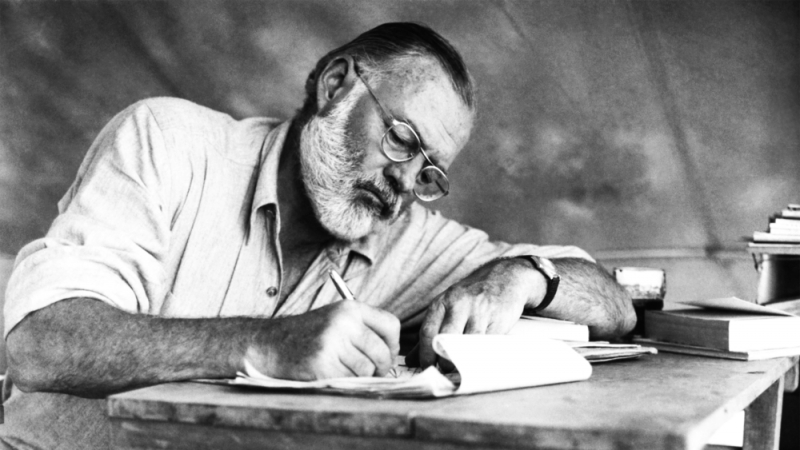
Ernest Hemingway 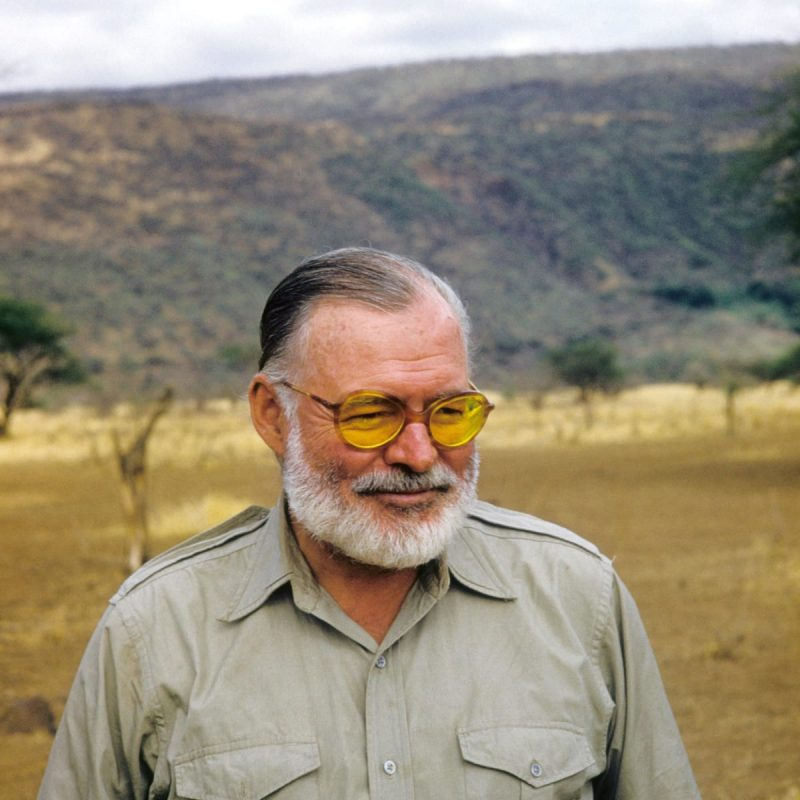
Ernest Hemingway -
George Orwell, born Eric Blair, was an English author, journalist, and political writer who lived between 1903 and 1950. Orwell attended Eton and served with the Indian Imperial Police in Burma from 1922 to 1927. George Orwell began teaching at The Hawthorns High School, a boys' school in Hayes, West London, in April 1932. From April 1932 until November 1937, he was a teacher at the school for nearly five years. Orwell published two works during this period, "Burmese Days" and "Down and Out in Paris and London." His experiences also made him one of the most outspoken opponents of what he saw to be the repressive character of British public schools.
Orwell is best known for his books "Animal Farm" and "1984". "Animal Farm" is a political parable about a community of overworked, abused farm animals that revolt against their human masters. Orwell's effect on popular and political culture continues to this day, decades after his death. Orwellian refers to totalitarian or authoritarian societal practices. Many of his neologisms, like the cold war, mind police, Room 101, memory hole, and thoughtcrime, have entered the language.
In his novel "1984", Orwell describes a dystopian future in which totalitarian government spies on its inhabitants and distorts the truth. Orwell's work was classified as social realism,' a literary genre. It has also been cited as an influence on the 'cyberpunk' genre.

George Orwell 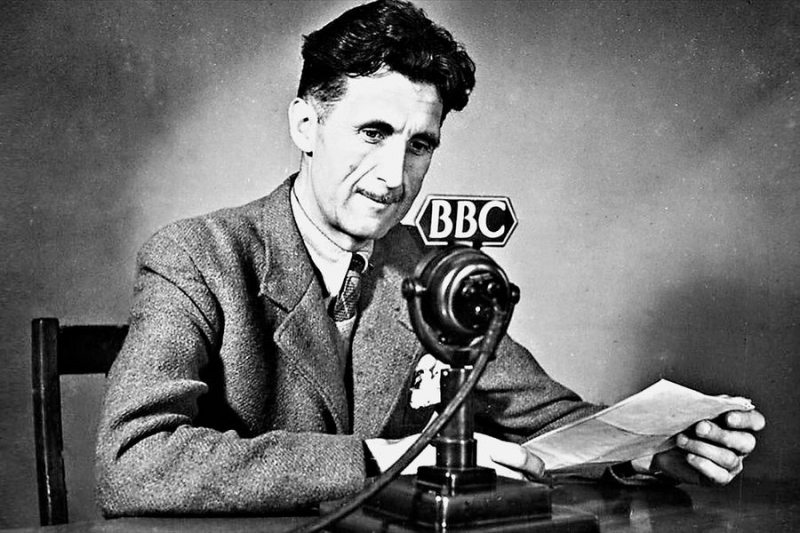
George Orwell -
Virginia Adeline Stephen was born into aristocracy in London in 1882. Despite the fact that she was born into this luxury, she was dissatisfied with her life in a patriarchal culture. Her father was a well-known character in town, so she was expected to marry well and be a decent wife. Leslie Stephen, the inventor of the Oxford Dictionary of Biography, and his second wife, Julia Duckworth, were her parents. Woolf's father, who was well-known for his literary skills, allowed her free reign of the family library when she was a youngster. She entered her first competition when she was just eight years old. Even though it did not win, it predicted her first novel, which was published 25 years later.
Woolf was transferred to women finishing school in Germany when she was thirteen years old. When she returned to England at the age of seventeen, she began writing stories and her first novel. Her articles delved into the stream of consciousness approach as well as women's concerns.
Woolf was a major role in feminist philosophy as well as one of the leading modernist literary personalities of the twentieth century. "Mrs. Dalloway" (1925) and "To the Lighthouse" (1926) are two of her most well-known works (1927). She is an author who is highly renowned for her experimental work yet is underappreciated. She published three novels before "Mrs. Dalloway": "The Voyage Out" (1915), "Night and Day" (1919), and "Jacob's Room" (1920). (1922). Woolf began writing professionally in her thirties, augmenting her income with portrait assignments and teaching roles. She authored the controversial novel "The Voyage Out" in 1912, which depicted the mental unraveling of a young woman suffering from despair. Many of her writings have been adapted for the big screen, as well as an opera.
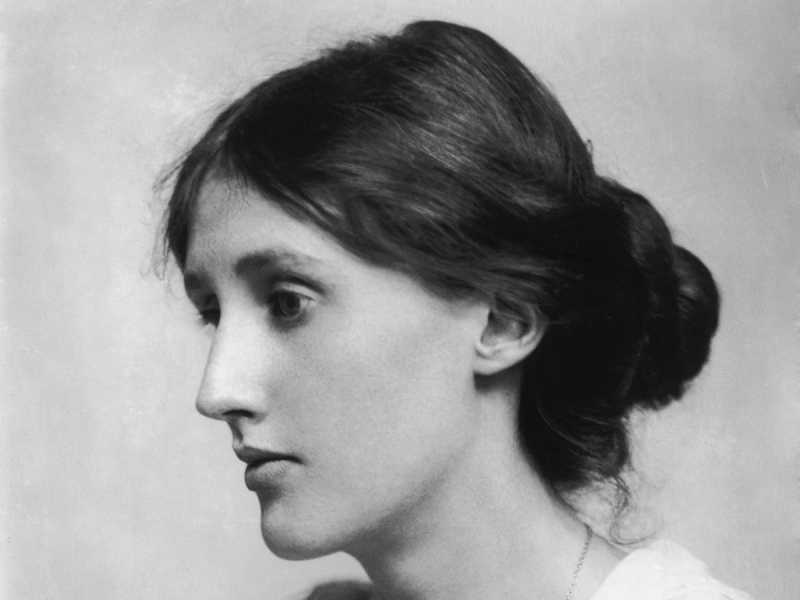
Virginia Adeline Stephen 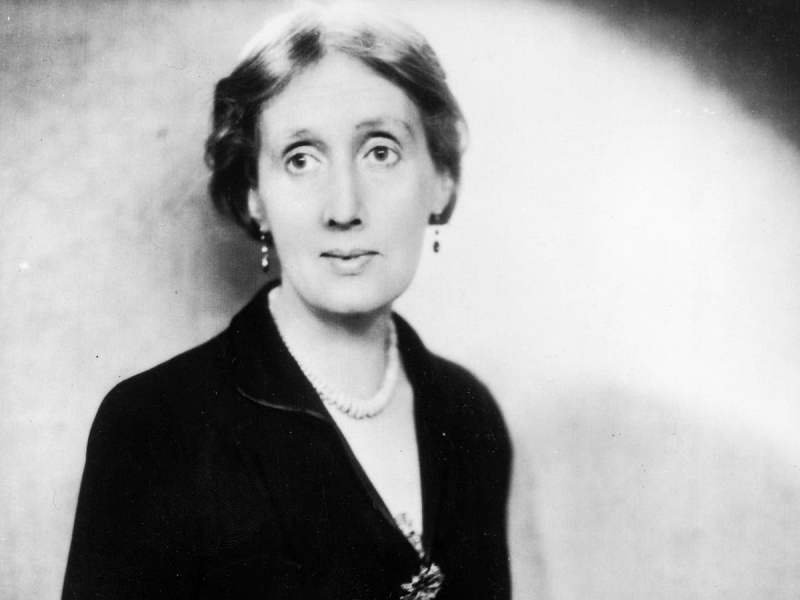
Virginia Adeline Stephen -
Toni Morrison was born in Ohio in February 1931 as Chloe Anthony Wofford to Ramah and George Wofford. Growing up, her favorite writers were Jane Austen and Leo Tolstoy. She rose to prominence as a celebrated American author, editor, and educator. Morrisons has the distinction of being the first black woman to be won the Nobel Prize in Literature as well as the Pulitzer Prize. She is considered one of the twentieth century's most important American writers.
Morrison's debut novel, "The Bluest Eye," was released in 1970. Her subsequent works were "Sula," "Beloved," and "Tar Baby." "Beloved," her most famous work, ran twenty-five weeks on The New York Times bestseller list. It told the narrative of Margaret Garner, an enslaved lady who fled only to be pursued by slave hunters. By 1988, it had not received the recognition it deserved, and Maya Angelou (together with forty-eight others) wrote in The New York Times in protest. After two months, "Beloved" received the Pulitzer Prize for fiction as well as the Anisfield-Wolf Book Award.
She went on to publish "Jazz" (1992) and "Playing in the Dark: Whiteness and the Literary Imagination" (1996). (1992). Morrison intended for them to be read together, thus they were dubbed the "Beloved trilogy." Oprah introduced "Beloved" to the big screen in 1998. She earned the Nobel Prize in Literature in 1993, before the last work in the trilogy was released.
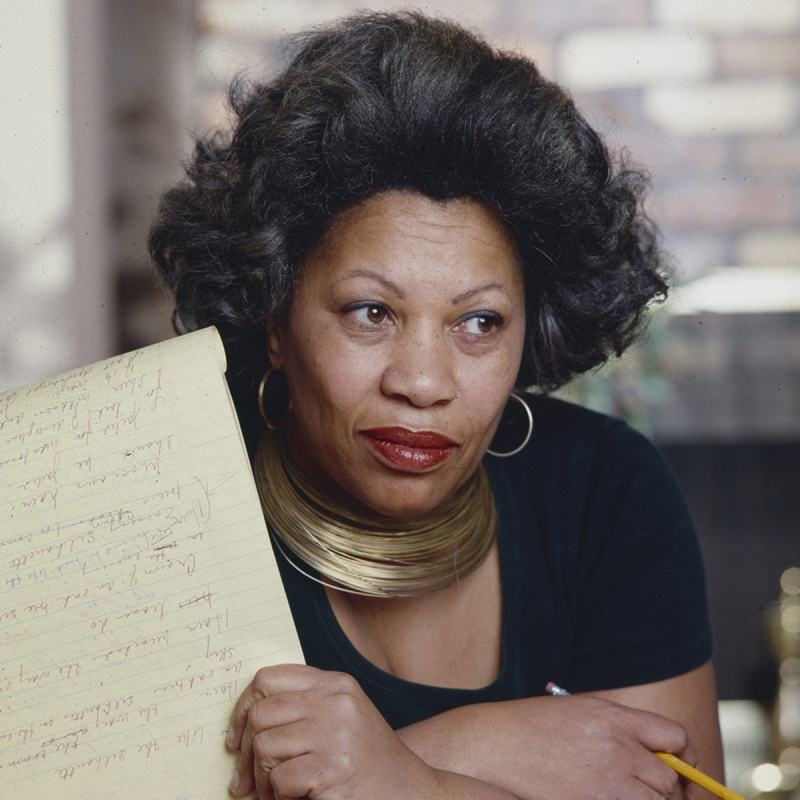
Toni Morrison 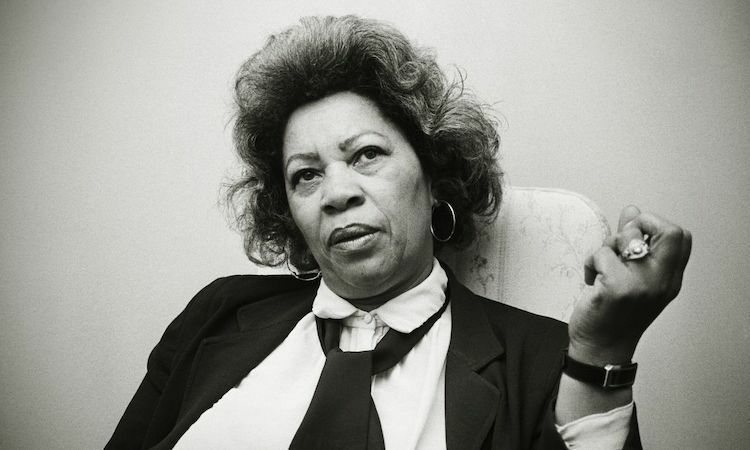
Toni Morrison -
Zora Neale Hurston was an acclaimed African American writer who was born in January 1891 in Notasulga, Alabama. Her father was a Baptist pastor, and she was the youngest of eight children. She was educated in a one-room schoolhouse before moving on to Morgan Academy, where she was the sole black student. Zora and her family relocated to Eatonville, Florida, when she was three years old. Eatonville will eventually become the location for several of her works. In her honor, Eatonville currently hosts an annual Zora Festival.
Hurston's debut tale, "John Redding Goes to Sea," was published in Stylus, Howard University's campus literary journal. She went on to compose the short tale "Spunk" and the drama Color Struck after that. They both placed second in a writing competition organized by Opportunity, and "Spunk" was published.
Hurston rose to prominence as a literary personality during the Harlem Renaissance. Her work "Their Eyes Were Watching God" is considered an American literary masterpiece. Her work is taught in schools all around the world, and she is regularly mentioned for her impact by authors such as Toni Morrison."Mules and Men" and "Moses, Man of the Mountain" are two more important books. Zora Neale Hurston established a reputation as a novelist, short story writer, and folklorist. Many believe her to be one of the most important voices in Southern writing. Hurston's career as a writer spans seven decades. Hurston completed her career as a literary critic, anthropologist, and cultural anthropologist.
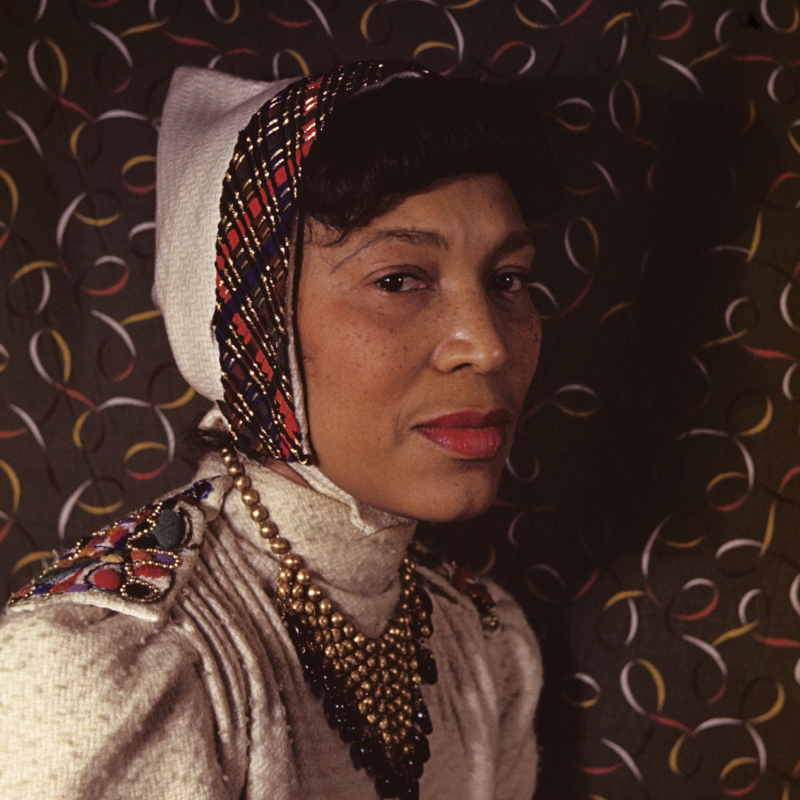
Zora Neale Hurston 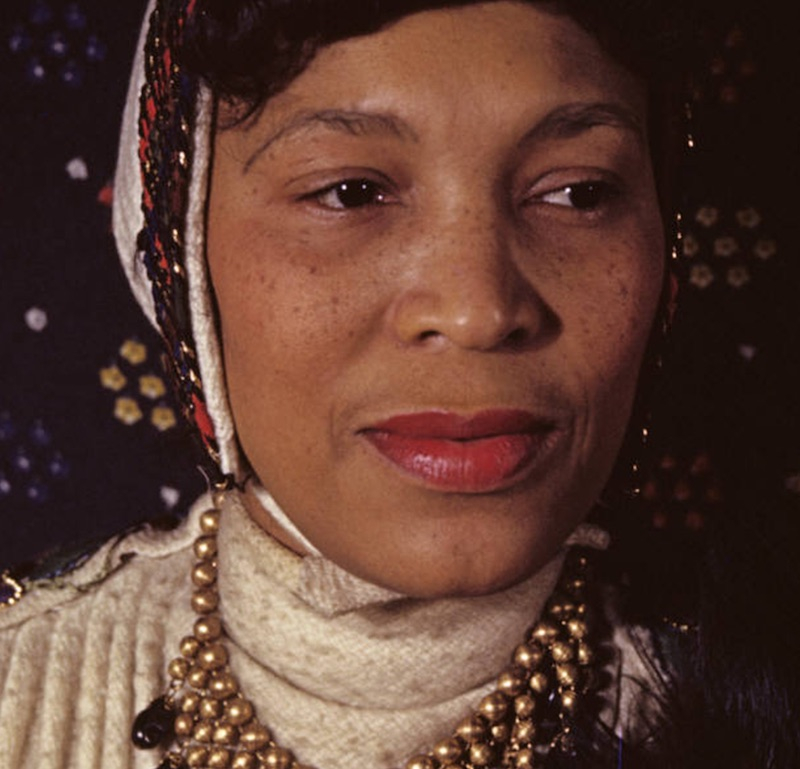
Zora Neale Hurston













